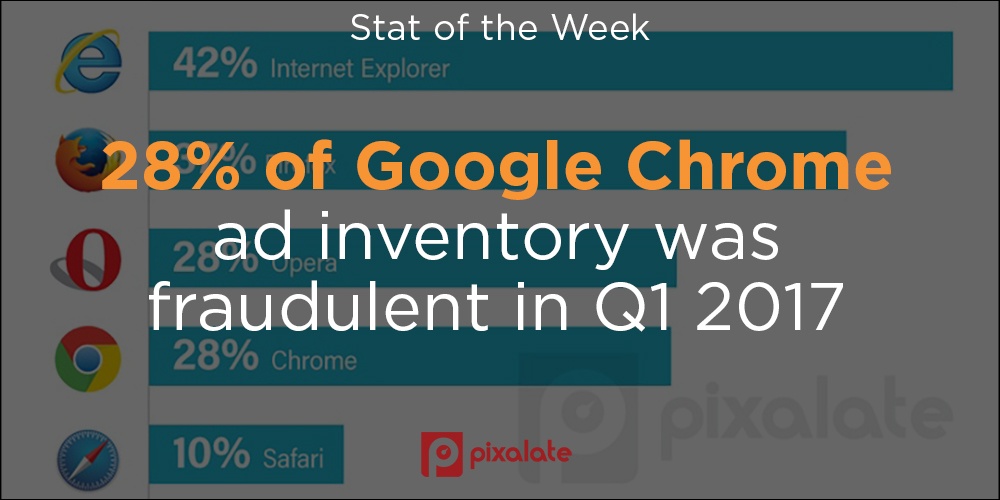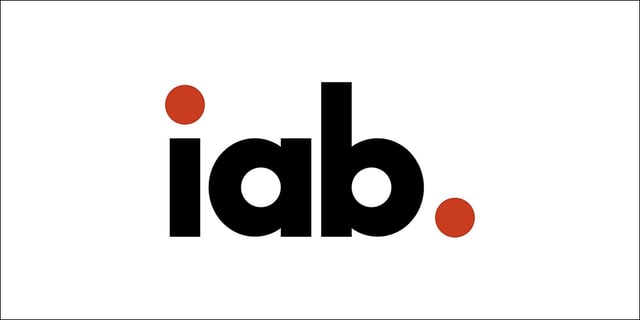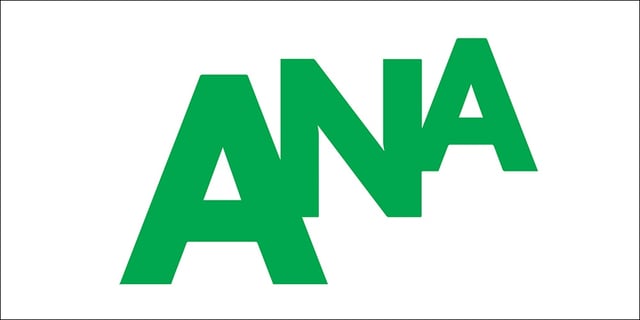
This week's review of ad fraud and quality in the digital advertising space.
Click the Stat of the Week for more information.

In a Q&A on ExchangeWire, Pixalate's CEO, Jalal Nasir, and Voluum's managing director, Gavin Stirrat, answered questions regarding the current state of mobile ad fraud, and where it will go in the future.

The IAB has released ads.txt, a new tool that effectively acts as a whitelist that the IAB says can be used to combat domain spoofing. The Drum runs through the IAB's plans.

MediaPost reports that the ANA has issued a new study which "offer[s] practical solutions to help advertisers take greater control of their programmatic investments and to investigate the costs and economics of the programmatic ecosystem." It's all part of the industry's larger efforts to improve quality and transparency in the programmatic ecosystem.

In a continued effort to improve programmatic quality, Google is changing its ad removal policies on AdSense and the DoubleClick AdExchange. Digiday spells out the reasons why and explains some of the potential consequences. The big news is that Google's new policy is to remove ads on a page-by-page basis.

In a guest post on Entrepreneur, Andrew Medal contends, "the solution to the huge ad fraud problem is predictive analytics big data platforms. This technology allows brands to define the type of consumers being targeted, thus enabling businesses to have the appropriate and most effective reach and impact."
Sign up for our blog to stay updated with new stats, trends, and analysis on digital ad fraud.
*By entering your email address and clicking Subscribe, you are agreeing to our Terms of Use and Privacy Policy.
These Stories on Weekly Recaps
*By entering your email address and clicking Subscribe, you are agreeing to our Terms of Use and Privacy Policy.

Disclaimer: The content of this page reflects Pixalate’s opinions with respect to the factors that Pixalate believes can be useful to the digital media industry. Any proprietary data shared is grounded in Pixalate’s proprietary technology and analytics, which Pixalate is continuously evaluating and updating. Any references to outside sources should not be construed as endorsements. Pixalate’s opinions are just that - opinion, not facts or guarantees.
Per the MRC, “'Fraud' is not intended to represent fraud as defined in various laws, statutes and ordinances or as conventionally used in U.S. Court or other legal proceedings, but rather a custom definition strictly for advertising measurement purposes. Also per the MRC, “‘Invalid Traffic’ is defined generally as traffic that does not meet certain ad serving quality or completeness criteria, or otherwise does not represent legitimate ad traffic that should be included in measurement counts. Among the reasons why ad traffic may be deemed invalid is it is a result of non-human traffic (spiders, bots, etc.), or activity designed to produce fraudulent traffic.”

